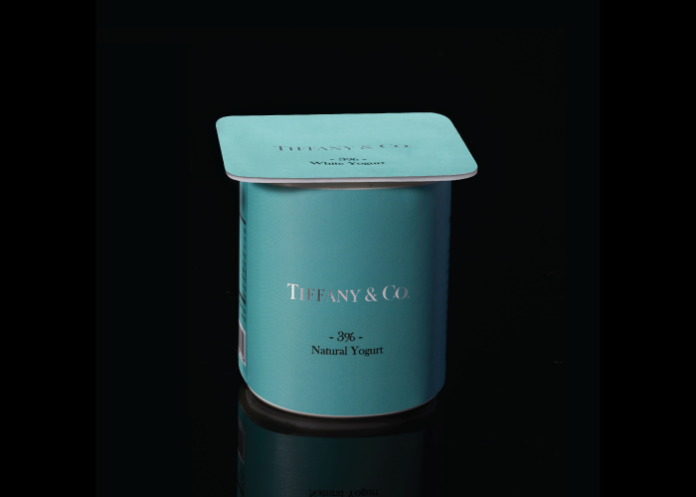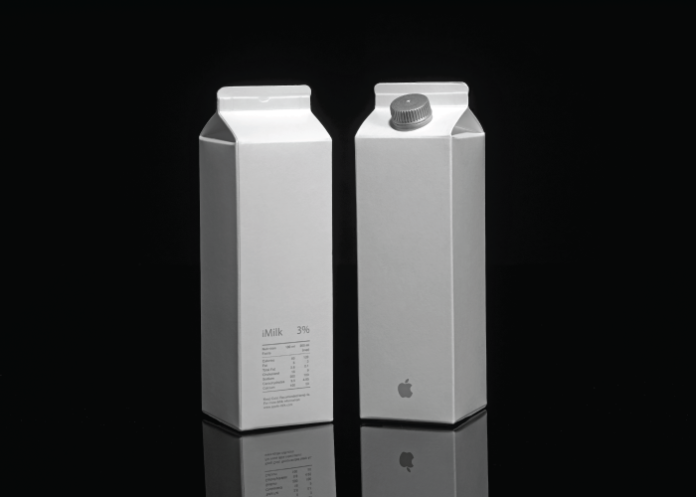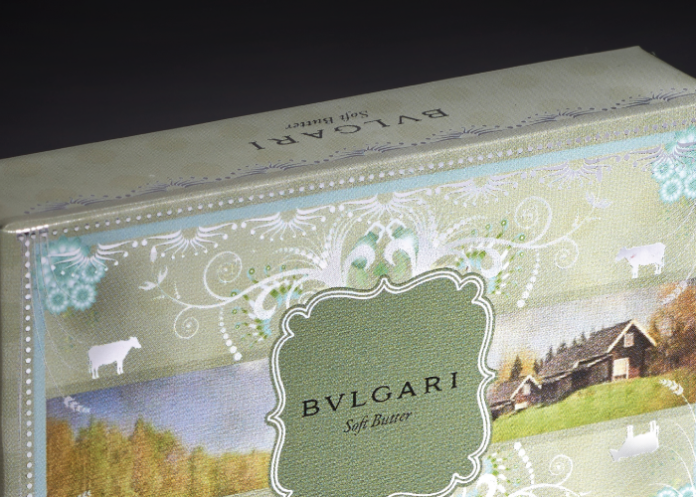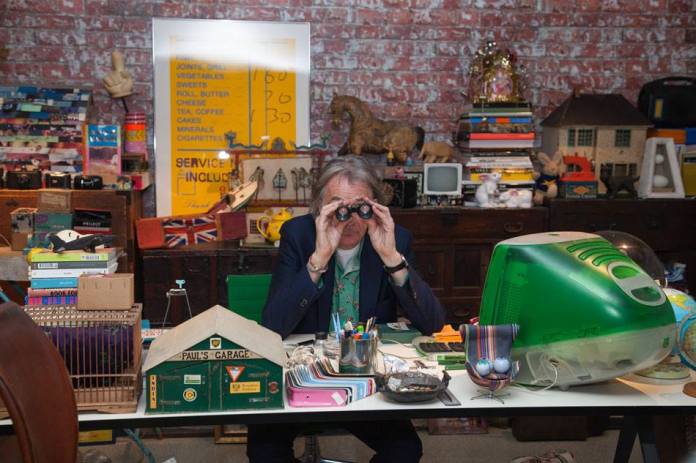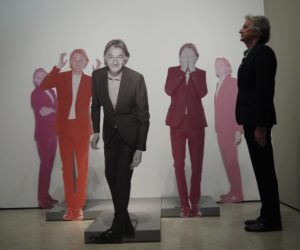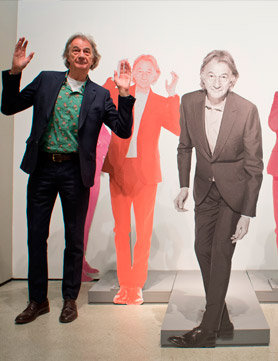The award-winning Israeli graphic designer and advertising maven Paddy Mergui took a detour from his day job to create a new exhibition, “Wheat Is Wheat Is Wheat,” set to open for a two-month run Saturday, April 12 at San Francisco’s Museum of Craft and Design. Such as “Yogurt,” a container branded with Tiffany & Co. and created with the jeweler’s iconic blue hue.
It reminds me of our professor Mark Passera, he used to let us make a ” brand monitoring”, to record the brands we used in our daily life, in order to see how we decided buying thing to represent ourselves.
The goal of this exhibition was creating everyday products, not special ones, that look very common in every household – ones that we would simply want, designed in a very seductive, high-end brand language. It raised the question to the audience: What are consumers truly obtaining when they purchase designer labeled and luxury products?
As the designer Mergui said:” I hope the exhibition takes our world one step ahead, and asks: Designer on the one hand and customers on the other hand- is it right? Isn’t it awkward? Grotesque? Wheat is wheat? Why does Apple milk suddenly seem appealing? Does it make us feel more valuable? If this exhibition succeeds in raising these questions, it has done its work.”
Mergui exaggerates the aesthetic and conceptual triggers that influence consumer trends and manipulate the relationship between an object and an ideal. Through the creation of supermarket environment vignettes, in which products are re-branded, Mergui presents basic grocery items with well-known luxury labels and aesthetics, effectively turning a viewer’s perception of quality on its head. Works in the series borrow their forms from the world of consumption and their concepts from the field of consumer ethics. They expose the often arbitrary connection that a product has to its packaging, and the conditions in which a designer operates.
For me, the seduction of “brands” presents us with a mirror to ourselves, it’s like an invisible cloth we wear everyday, reflects the way we want to live and be seen, a consumer validation.
